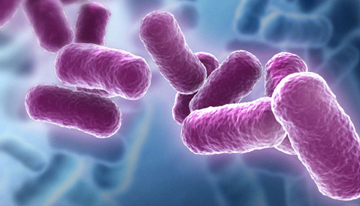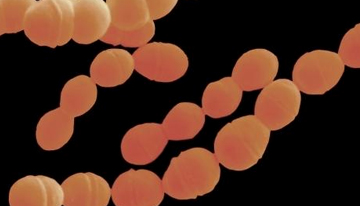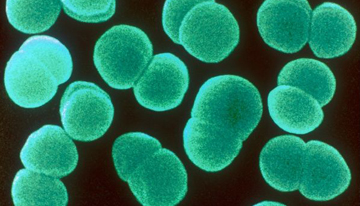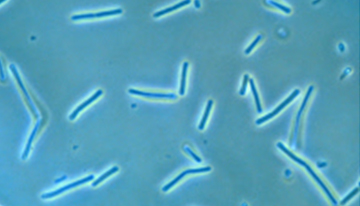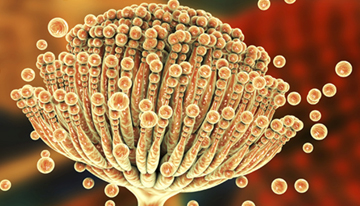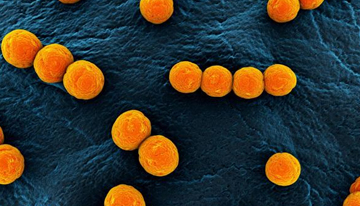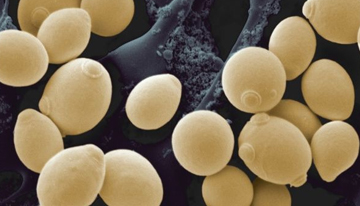Probiotics is defined as “live microorganisms which when administered in adequate amount confer health benefits to the hos.
Alternatively, probiotics have been defined as live microbial feed supplements that beneficially affect the host animal by improving its intestinal microbial balance.
Probiotics are used to improve the health of both animals and humans through the modulation of the intestinal microbiota.
-
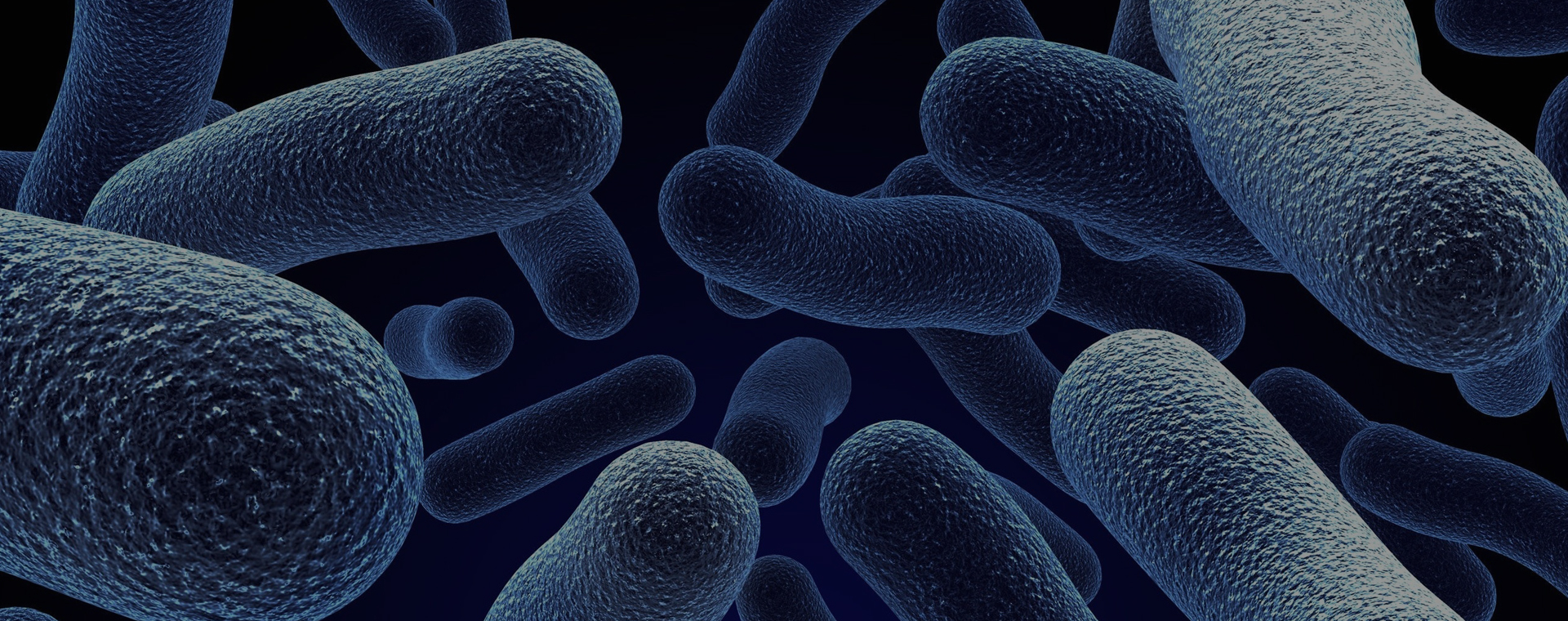
Are microorganisms
Although most commercial probiotics are lactobacilli and bifidobacteria, they can be other microbes and do not need to be bacteria. -
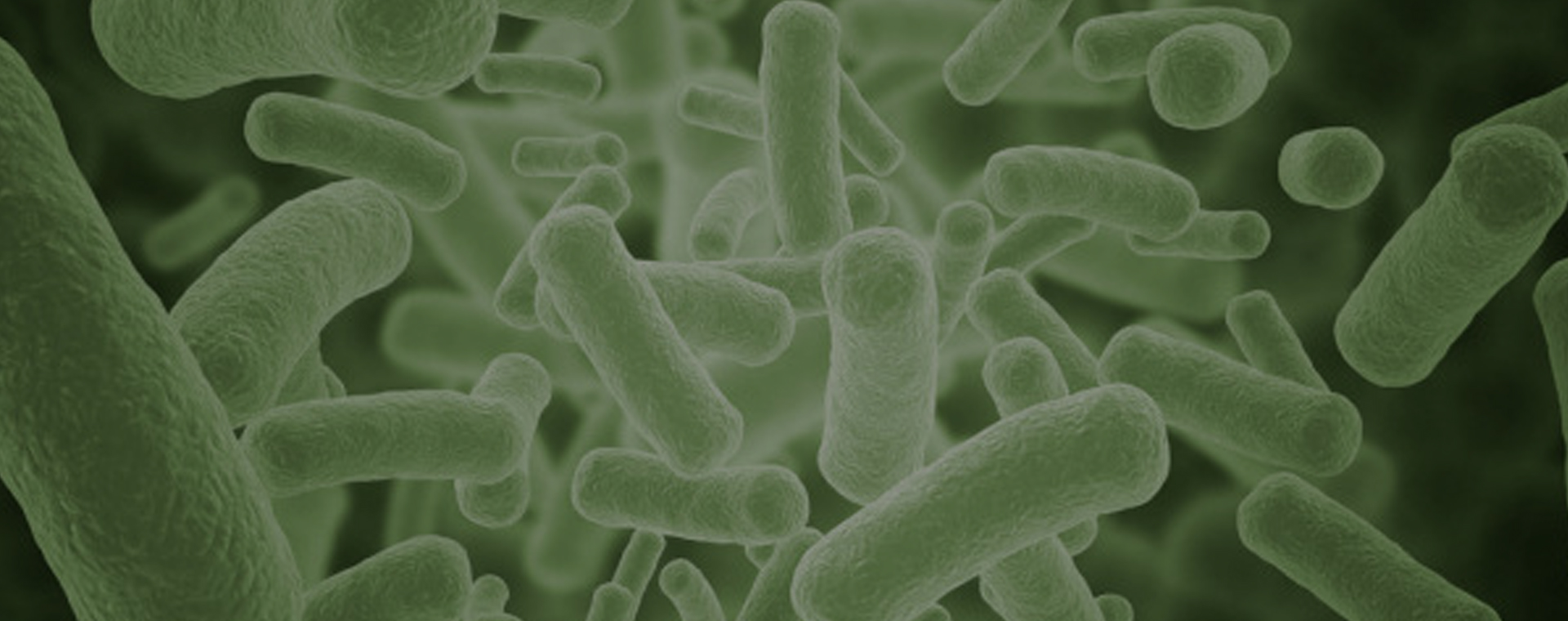
Need to be alive
When administered; while it may be desirable that they are alive in the gastrointestinal tract, it is not required. -

Need to be administered
This does not imply they must be eaten; other routes of administration are possible. -
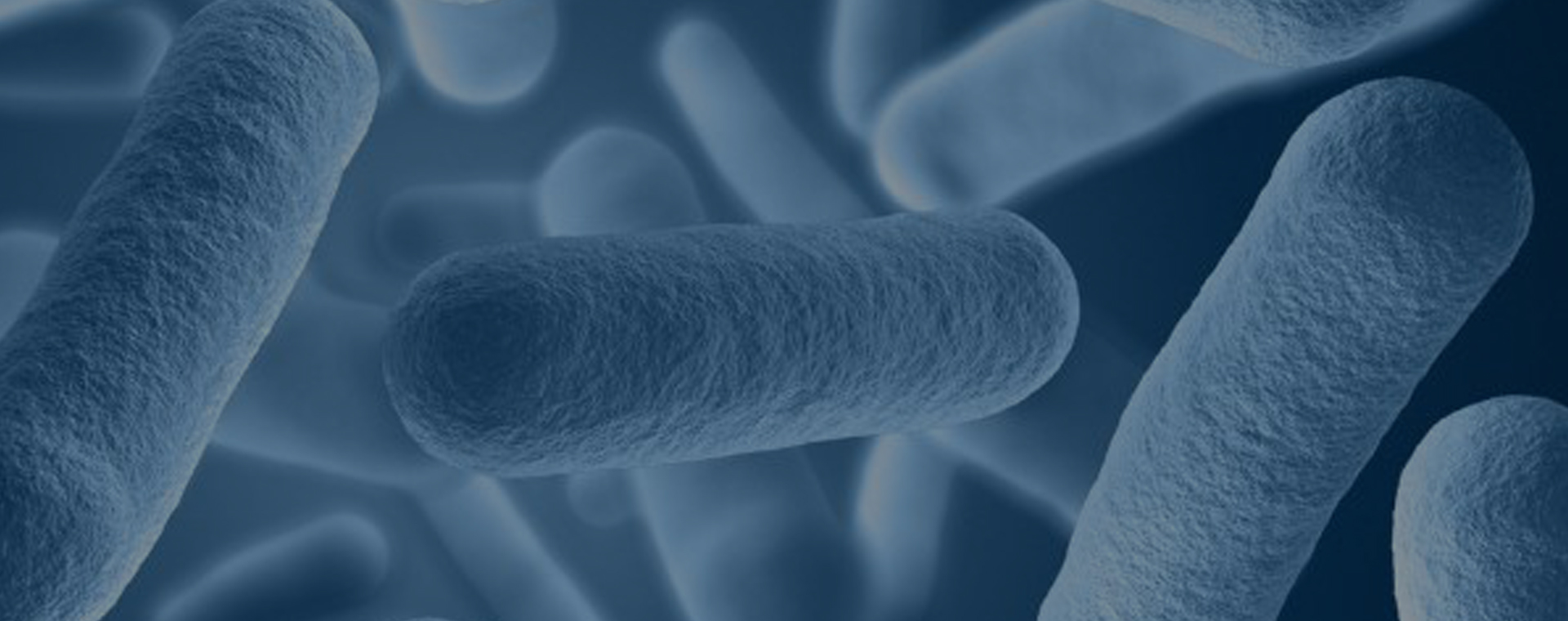
In sufficient amounts
At the end of shelf life, there are still at least as many as viable microbes in the product as were used in a clinical study. -

Need to have a health benefit
This benefit should be shown in the target host population






